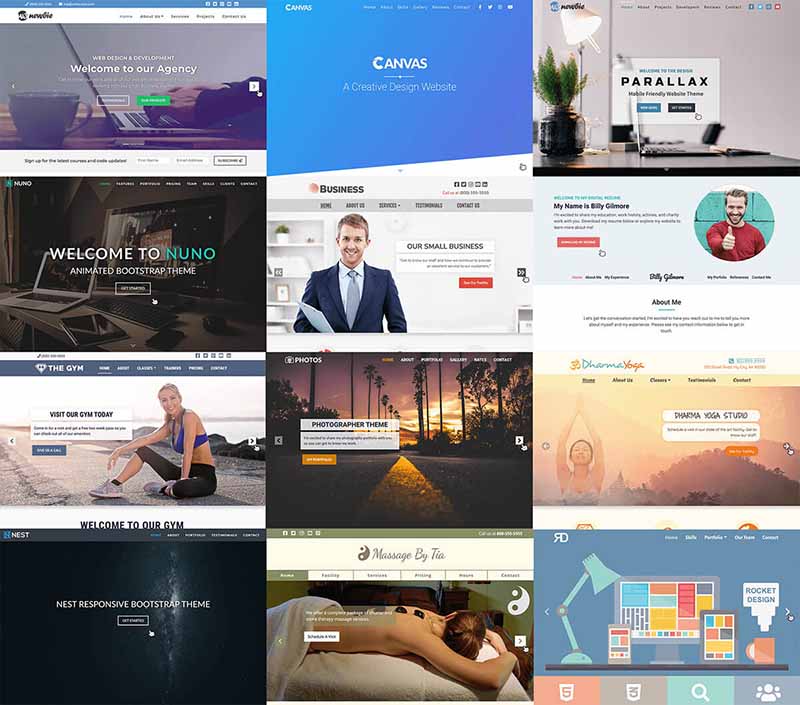CSS Fluid Layouts
CSS fluid layouts (also known as liquid layouts) are designed to adapt gracefully to different screen sizes and devices, ensuring optimal viewing experiences across a wide range of viewports. They contrast with fixed layouts, which maintain rigid dimensions regardless of screen size.
Here’s how fluid layouts work:
1. Responsive Units:
- Instead of using fixed pixel values for element widths, fluid layouts leverage relative units like percentages (%), viewport units (vw, vh, vmin, vmax), or ems.
- These units scale based on the available screen width or viewport size, ensuring a flexible layout.
2. Media Queries:
- CSS media queries allow you to tailor your CSS rules for specific screen sizes or device types.
- You can create breakpoints within your CSS code and apply different styles for different viewports, optimizing the layout for each scenario.
3. Common Techniques:
- Percentage-based Widths: Set element widths as percentages of their parent container, which in turn can be a percentage of the viewport, creating a fluid chain of adaptability.
- Viewport Units: Use vw (viewport width) and vh (viewport height) units to define element dimensions directly in relation to the viewport size.
- Flexbox and Grid: Modern layout techniques like Flexbox and CSS Grid offer powerful ways to create flexible and responsive layouts without relying entirely on percentages.
Fluid Layout Example with CSS:
CSS:
/* Basic fluid layout with percentage widths */
body {
width: 100%; /* Fill the viewport */
}
main {
width: 80%; /* Occupy 80% of the body width */
margin: 0 auto; /* Center the main content */
}
/* Media query for smaller screens */
@media (max-width: 768px) {
main {
width: 100%; /* Make main content full-width on smaller screens */
}
}Benefits of Fluid Layouts:
- Enhanced User Experience: Optimal viewing on various devices, improving accessibility and engagement.
- Mobile-Friendly: Essential for adapting to the increasing dominance of mobile browsing.
- Maintained Readability: Content remains clear and legible across screen sizes.
- Future-Proof Designs: Adaptable to evolving screen sizes and technologies.
Remember:
- Test your fluid layouts thoroughly on various screen sizes and devices to ensure consistent rendering and responsiveness.
- Consider using a CSS reset or normalize stylesheet to ensure consistent styling across browsers.
- Prioritize content hierarchy and visual clarity when designing fluid layouts.
- Embrace the flexibility of fluid layouts to create user-friendly experiences for diverse devices and screen sizes.





